1. Sonata No. 2 for Cello and Piano, Op. 26: I. Allegro moderato ed amabile
Composer: George Enescu
Artist(s): Viviane Spanoghe, André De Groote
2. Sonata No. 2 for Cello and Piano, Op. 26: II. Allegro agitato, non troppo mosso
Composer: George Enescu
Artist(s): Viviane Spanoghe, André De Groote
3. Sonata No. 2 for Cello and Piano, Op. 26: III. Andantino cantabile, senza lentezza
Composer: George Enescu
Artist(s): Viviane Spanoghe, André De Groote
4. Sonata No. 2 for Cello and Piano, Op. 26: IV. Final à la roumaine: allegro sciolto
Composer: George Enescu
Artist(s): Viviane Spanoghe, André De Groote
5. Nocturne & Saltarello for Cello and Piano: I. Andante
Composer: George Enescu
Artist(s): Viviane Spanoghe, André De Groote
6. Nocturne & Saltarello for Cello and Piano: II. Vivace
Composer: George Enescu
Artist(s): Viviane Spanoghe, André De Groote
7. Sonata No. 1 for Cello and Piano, Op. 26: I. Allegro molto moderato
Composer: George Enescu
Artist(s): Viviane Spanoghe, André De Groote
8. Sonata No. 1 for Cello and Piano, Op. 26: II. Allegretto scherzando
Composer: George Enescu
Artist(s): Viviane Spanoghe, André De Groote
9. Sonata No. 1 for Cello and Piano, Op. 26: III. Molto andante
Composer: George Enescu
Artist(s): Viviane Spanoghe, André De Groote
10. Sonata No. 1 for Cello and Piano, Op. 26: IV. Presto
Composer: George Enescu
Artist(s): Viviane Spanoghe, André De Groote



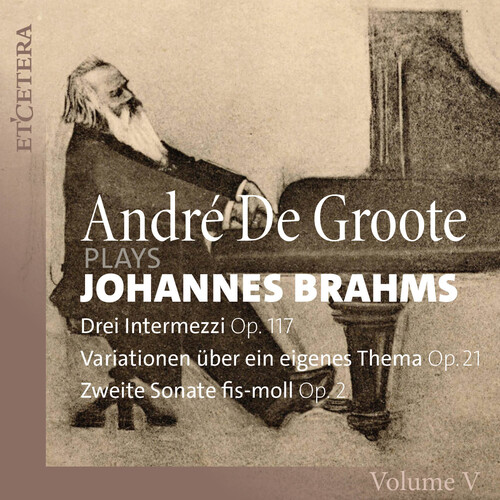
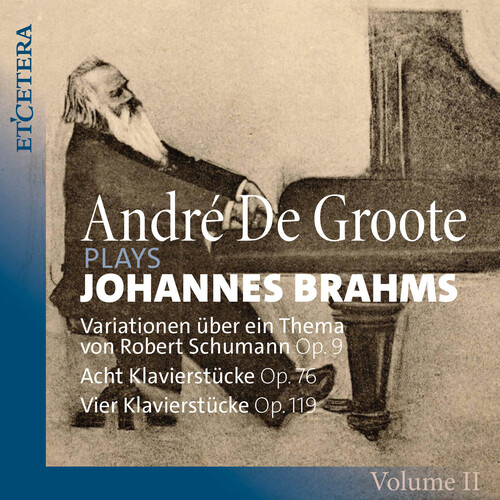
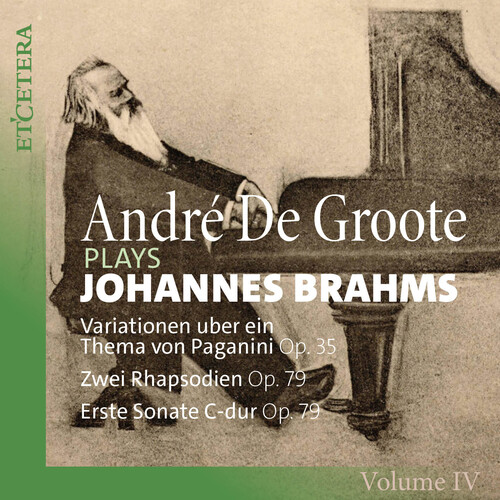
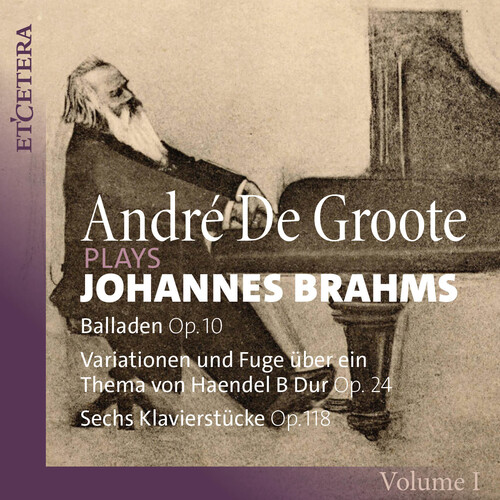
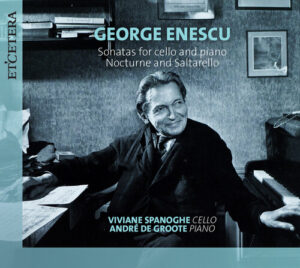
Reviews
There are no reviews yet.